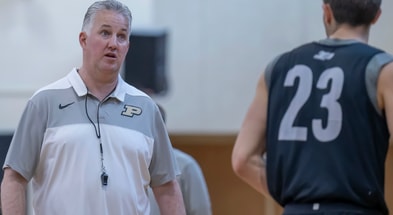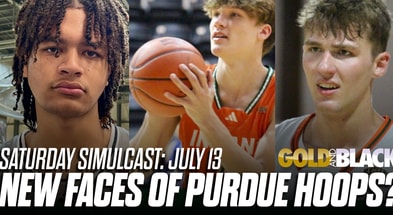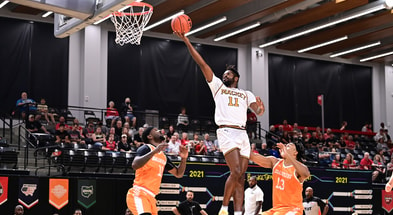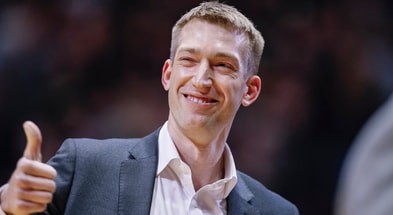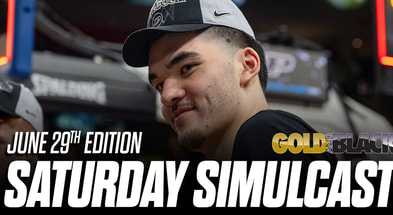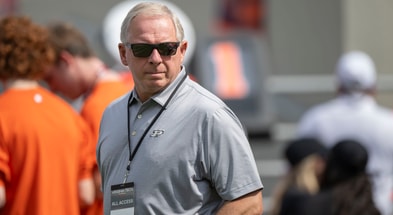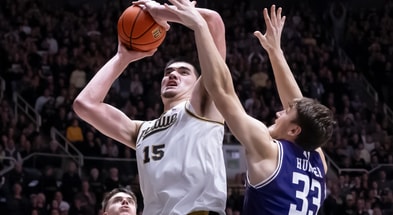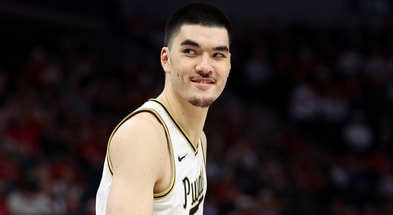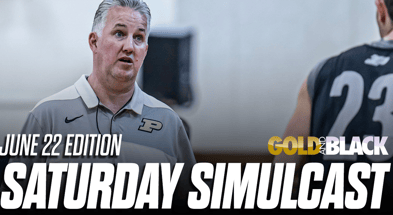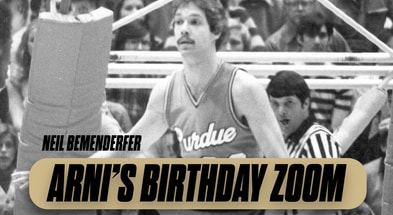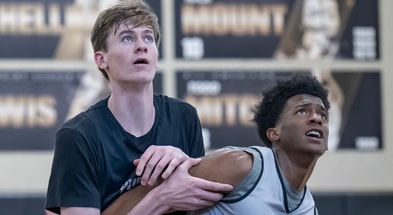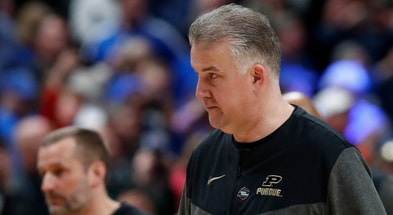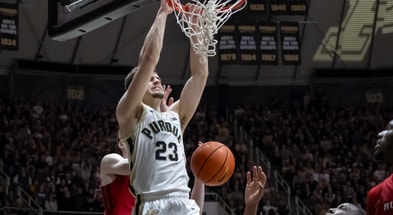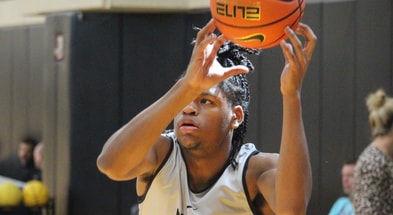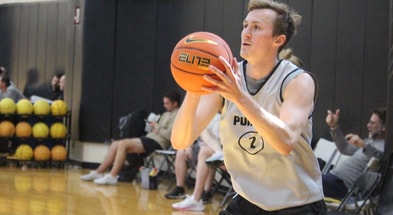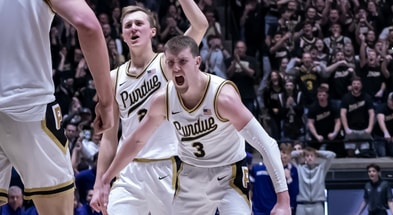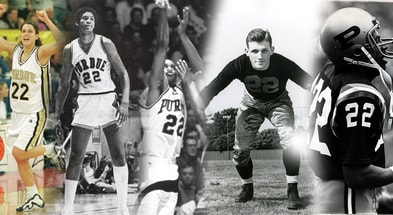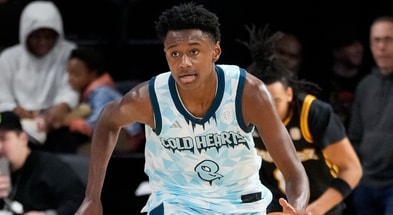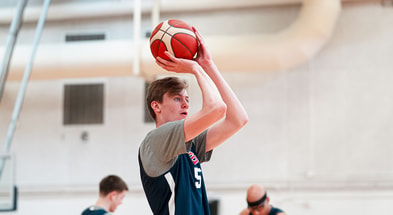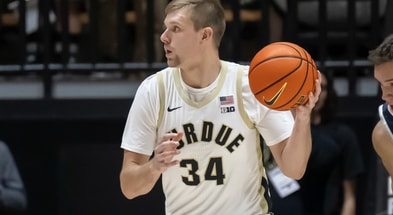Purdue's mission post-Final Four: Keep doing what you're doing
That long-awaited Final Four trip Purdue made was a transcendent moment for the Boilermaker program, but may not be a transformative one, at least in terms of Matt Painter’s approach to the process.
“You don’t change,” Painter said. “You can think having that success will allow to do things differently and get bigger and better, when in reality you already put yourself in a pretty good position.”
Purdue’s long-time coach built last year’s NCAA runner-up team his way, the culmination of a recent run that’s included No. 1 rankings three years straight and back-to-back runaway regular season championships in the Big Ten.

Moving forward, personnel will change. Year-to-year tweaks will occur.
But Painter’s bedrock principles will remain ironclad.
That said, his approach to being a lifelong learner will not change, either.
“You can’t stand still,” he said, a few weeks before Tuesday’s start of summer practice. “Your puzzle is always changing, whether it’s your roster, the game or your ability to relate to people, there are just so many avenues to continue to learn.
“That’s your job, whether you’re a head coach or an assistant coach. Who are you learning from? How many college, high school or NBA coaches are you talking to? How many books are you reading or how many clinics are you going to? If that answer is zero, you’re stealing money and wasting peoples’ time. You have players coming into your program and you owe it to them to keep growing your knowledge of the game to help them and your whole team.”
But the foundational stuff, that’s what Painter will remain wholly committed to.
PURDUE RECRUITING
Purdue isn’t going to start bringing in different types of people and players. It has been absolutely committed to building around conscientious, competitive and motivated players with high basketball IQs and offensive skills and developing them, normally – but not always — playing through uncommon size in the post.
“Our success shouldn’t get us away from who we recruit,” Painter said. “People might say, ‘Now you can go get a better player because you went to a final Four.’ But I like the guys we’re getting. I think we’re getting a coachable player, a player who wants to get their education at Purdue and a play who wants to win. That’s the brand you want to sell.”
THE TRANSFER PORTAL AND NIL
It’s too early in the new recruiting world to really establish right ways and wrong ways, but Purdue’s way has worked, banking on continuity, chemistry and player development. Meanwhile, a vast swath of peer programs have gone two feet in on the transfer portal and weaponizing their Name-Image-Likeness warchests.
Painter has complemented his rosters with transfers and admits the day will likely come when circumstances force Purdue’s hand, but these past few years, the Boilermakers’ continuity and retention rates have been a key to their success, against teams bringing in new rosters of adults every year.
“We don’t have that set of issues,” Painter said of wholesale roster turnover. “Sometimes those issues aren’t issues, but sometimes they are, because there’s always adversity in trying to blend a team together and I just think the way we’re doing it has been successful for us, it’s better for me and it’s a lot healthier in terms of trying to get a cohesive unit together. There can be success the other way, but this way is healthier, in my opinion, in terms of growing, developing and sustaining. The other way is turning over every year. Who wants to turn over every single year and bring four, five, six, seven new guys?”
As for the NIL piece of it, it’s all about to change, as revenue sharing and de facto salary appear on the horizon, but Purdue has not used money to recruit. It has used money to to breed harmony, you might say, its set-up including baseline compensation across the board that escalate as a player advances in the program. That’s before whatever a player can earn on their own.
“We have a very, very good name-image-likeness package, but it’s also fair,” Painter said. “Nobody’s getting overpaid and the people who are making more, they’ve put their time in. Name-image-likeness isn’t about you getting guaranteed money in the spring that you don’t have to do anything for related to your (NIL). We have to call that what it is: Pay for play. We’re trying to do what’s best and what we think is fair for our players and what our players earn, not what they’re ranked in high school, because that doesn’t mean anything. I think that helps us when adversity hits, pushing through it and growing as a group.”
It has been a very different recruiting landscape, though, and that may not be a bad thing for Purdue.
While many coaches are holding scholarships to go transfer shopping in the spring, but still chasing the best of the best in the high school ranks, the competition may be thinning out ever so slightly for the strata of player Purdue has built around.
“What gets past the top 100, that’s always been our baby,” Painter said. “Look where Jaden Ivey was, Carsen, Isaac Haas, Vince Edwards, Dakota Mathias. You’re looking at 70-200 who have always been our guys anyway.”
PURDUE SCHEDULING
Painter has been committed to ambitious non-conference scheduling as a means to both build NCAA Tournament résumés and develop teams alike. The past few seasons have featured smashing success in that regard and despite losing Zach Edey, Purdue will keep at it.
It has struck home-and-home deals with Marquette and Alabama — both peaking right now — and a neutral-site series with Auburn, which should be formalized soon. Purdue will play Texas A&M in the Indy Classic this year and be joined in San Diego in November by BYU, Ole Miss and NC State.
Of that group, there are probably five preseason top-25 teams.
